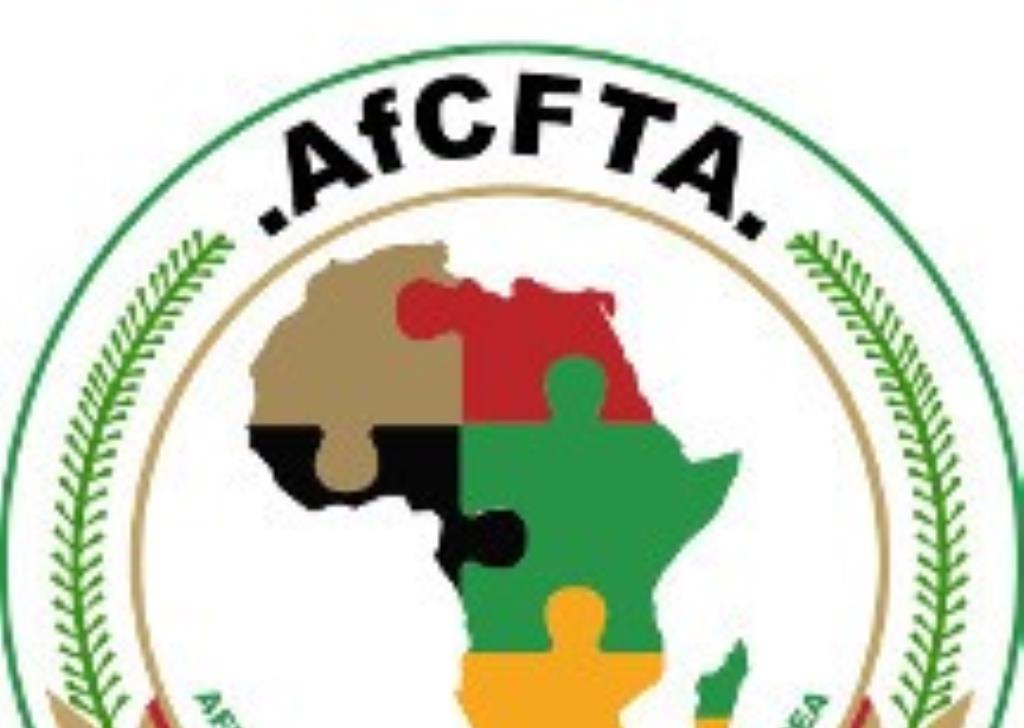Zim generates US$150m monthly
The move by the monetary authorities in March this year to allow the use of free funds ostensibly to ease transacting for the general public, has yielded better than expected results as free funds now form a quantum of hard currency driving local industry.
That decision at least temporarily – put paid to the mandatory use of the local currency alone in domestic transactions adopted since return to Zimbabwe dollar in June 2019.
But as opposed to having the free funds remain in individuals’ pockets or organisations’ bank accounts, the move allowed hard currency to now be channeled to productive sectors of the economy.
Free funds constitute around 30 percent of Zimbabwe’s total export receipts, and play a catalytic role in enhancing confidence in the foreign exchange market and in promoting economic development.
Said Reserve Bank of Zimbabwe (RBZ) governor Dr John Mangudya this week: “The liberalisation of free funds that was done through Statutory Instrument 85 of 2020, has helped this economy significantly because Zimbabwe is currently earning around US$150 million in cash on a monthly basis; that is US$90 million from Diaspora remittances and about US$60 million that is paid to artisinal gold miners on a monthly basis.
“That cash is in this economy. And the best way for that cash to come to the banks and to circulate was that we liberalised the use of free funds so that the money comes into the banks, it circulates in the economy, goes into the auction system and the economy goes forward.”
He was speaking during a Parliament of Zimbabwe organised pre-budget seminar in Harare.
And by extending the Intermediated Money Transfer Tax, more commonly known as the 2 percent tax, to foreign currency transactions, the authorities ensured that tax can be collected in the currency of use.
Dr Mangudya added that this was only part of wider initiatives and strategies being implemented by the monetary authorities, in conjunction with Treasury, to entrench stability.
With respect to Monetary Policy per se, which came back along with the restoration of the Zimbabwe dollar last June, the governor said the apex bank’s current monetary policy is based on three pillars, namely: price stability, exchange rate stability and financial stability.
He said they are interlinked and therefore each cog needs to operate efficiently.
Dr Mangudya said plans are underfoot to boost domestic foreign currency exchange mobilisation to help capacitate the foreign currency auction system.
“We need to ensure that we do domestic foreign exchange mobilisation, which is required in the auction system. We are currently sustaining the auction from the 30 percent forex surrender requirements for domestic foreign exchange sales.
“But we need banks, Government and ourselves to be able to mobilise lines of credit to ensure that we sustain the auction system,” he said.
“We also need to broaden and deepen the mobilisation of foreign exchange receipts through exports, through Diaspora remittances and any other flows, as this is critical to maintaining the prevailing exchange rate stability.”
According to Dr Mangudya, the stability that has been entrenched through the various monetary policy measures, will underpin the national budgeting process (first, with the upcoming 2021 National Budget) as well as the recently launched economic development blueprint – National Development Strategy 1 (NDS-1).
Meanwhile, noting the critical role that Monetary Policy has played in helping stabilising financial markets and the economy in general, the Confederation of Zimbabwe Industries (CZI) says the authorities need to keep a tight leash on money supply growth.
“A consistent money supply target that brings back confidence and supported by high levels of fiscal discipline is adequate for exchange rate stabilisation in Zimbabwe,” said the industry representative body.
“The ballooning or overshooting exchange rate, which is mainly driven by confidence issues and amnesty of the previously suppressed rate embedded in expectation, will subside and stabilise if authorities stick to tight money supply and fiscal discipline,” said CZI.
“For long term planning, central bank independence can help bringing back the lost confidence, hence making money supply targeting a more effective tool for managing both exchange rate and inflation.”
Experts say effective management of the fiscal and monetary side of things, will provide Government with a solid base to implement the NDS-1.-ebusinessweekly










